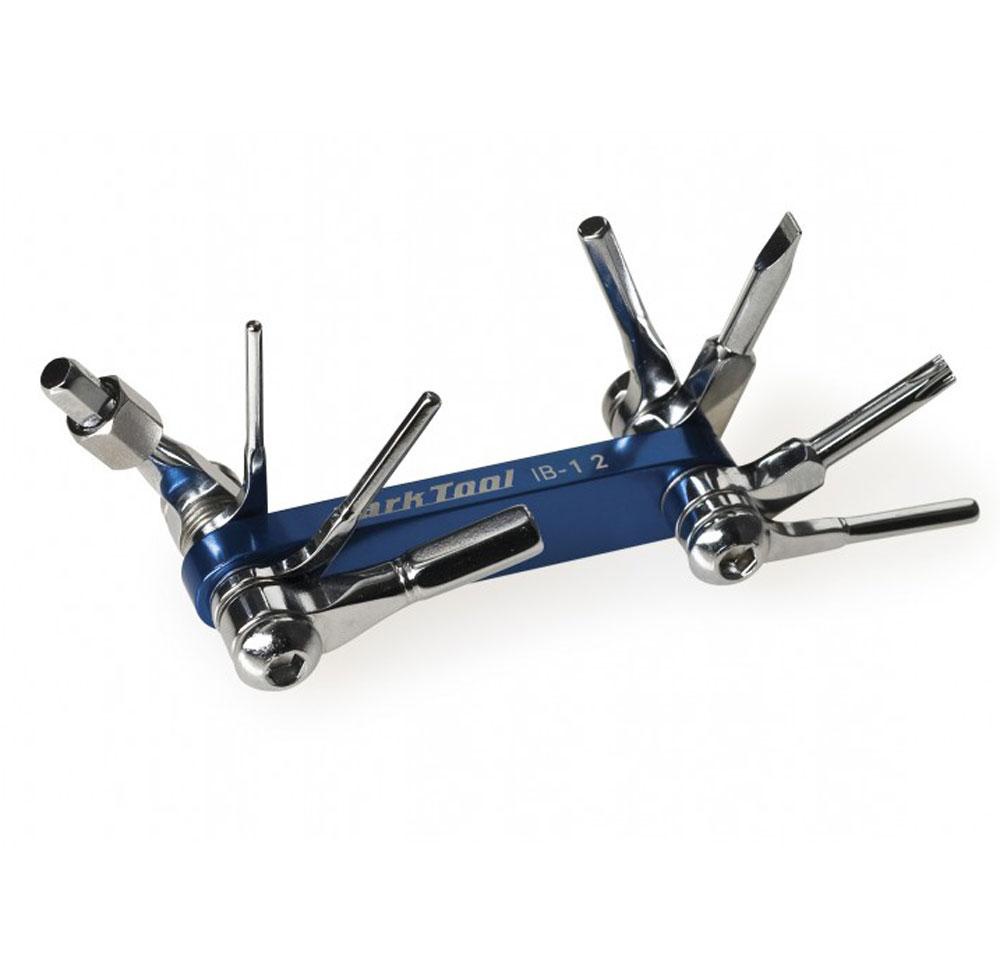


They’re also classified by their material and how they’re attached to the structure of the building. It can be either primary support or secondary support and is generally used to bear a load from some other member, such as a foundation or the outer walls.īeams are classified by their shapes (I-beams, L-beams, box beams) and sizes (2×4, 2×6). What is a Beam and What is Its Purpose?Ī beam is a structural element that supports a building or structure. This structure makes them particularly suited for carrying bending loads-that means they’re great if you need one piece of wood or metal to bend slightly while staying stiff but flexible throughout its length-and also helps them carry shear loads more efficiently than any other type because they distribute stress evenly over their entire length rather than concentrating it at one end where it could snap off easily due to fatigue failure). This means that for the same amount of structural support, you can use fewer H beams than I beams.Īnother difference between these two types of beams is that instead of being straight up and down like in the case with most other types of beams (such as T or L), H beams are curved outwards at both ends to create flanges and webs that run parallel to each other along their length. A thicker web means a stronger beam, which allows for more load-bearing capacity. To short, the main difference between an H-beam and an I-beam is that the web of an H-beam is much thicker than that of an I-beam. In addition to having greater section modulus – which means that they are able to resist compression forces better than I-beams do – they also have greater tensile strength values, meaning that they’re less likely to bend under pressure from tension forces acting upon them. This also helps balance out any cantilevered loads that might be placed on an H-beam in the future (such as additional floors or beams). H-beams have a thicker, deeper web, which means that they can better support the weight of an object placed on top of them. H-beams are more efficient than I-beams because they are better at carrying bending and shear loads. These steel members have similar mechanical properties but differ in dimensional characteristics. An H beam is shaped like the letter “H” with one vertical flange and two long-side flanges, whereas an I beam has a cross-section that resembles the letter “I” with a single vertical web or web thickest at mid-span, two webs, and no bottom flange. The distinguishing feature between them is their shape. H beams and I beams are two different types of structural steel members that are commonly used in construction. H-Beams Cost Less Than I-Beams For The Same Amount of Structural Support. However, there are differences between the two. The I-Beam and H-Beam look very similar because they are often used in the same situations. There are many factors to consider when it comes to structural beams, but the most important factor is whether or not the beam will be carrying a load. When it comes to building and construction, it is important to know the difference between H-Beam vs I-Beam.


 0 kommentar(er)
0 kommentar(er)
